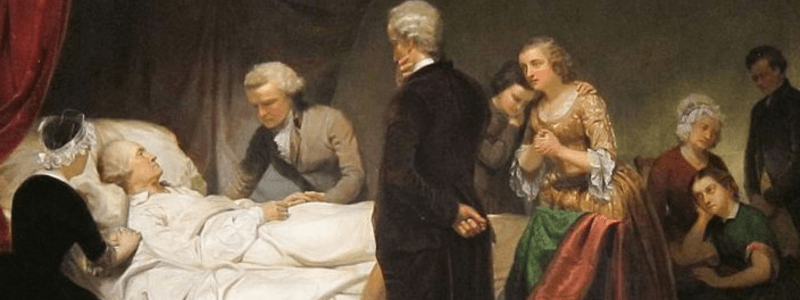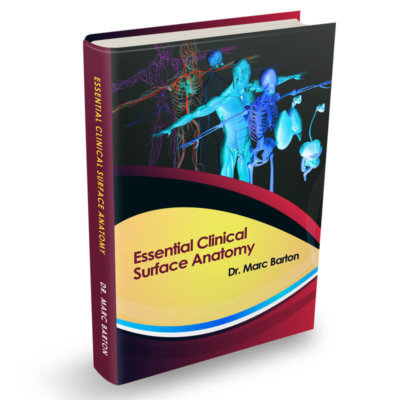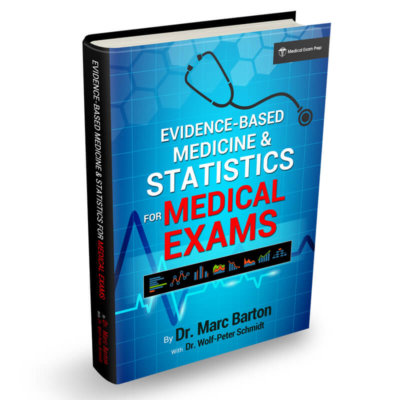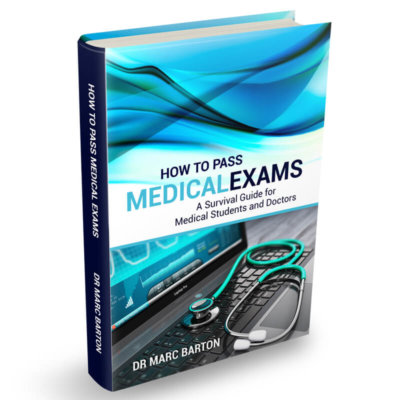Articles

Myxoedema Coma
Myxoedema coma is an extreme manifestation of untreated hypothyroidism and is a life-threatening condition characterised by hypometabolism and altered mental status. It commonly affects elderly patients with long-standing hypothyroidism, often precipitated by...

Levels of Evidence and Grading Systems
Levels of evidence A hierarchical system of classifying evidence is an essential part of evidence-based medicine. This hierarchy is commonly referred to as the levels of evidence. When attempting to find the answer to a clinical conundrum, a clinician should actively...

Togo and the Diphtheria Serum Run
Thanks to modern childhood vaccination programs, diphtheria is now a rare illness in Western Europe and the United States. It is still common, however, in developing countries where vaccination rates are low. It is a terrifying illness caused by the airborne bacterium...

Addisonian Crisis
An Addisonian crisis, also known as an adrenal crisis, is a severe and potentially life-threatening condition that arises due to acute adrenal insufficiency. It is a rare condition with an estimated prevalence of around 600 per million, but it does present to the...

Cardiac Arrest in Pregnancy: Critical Considerations
The management of cardiac arrest during pregnancy presents unique challenges that demand specialised knowledge and swift action. Maternal cardiac arrest is a rare but high-stakes scenario that requires a comprehensive understanding of resuscitation techniques tailored...

Thyroid Storm
Thyroid storm, also known as thyrotoxic crisis, is a rare but life-threatening condition characterised by an extreme exacerbation of thyrotoxicosis symptoms. It occurs in approximately 1-2% of patients with established hyperthyroidism. This medical emergency demands...

Antifreeze Poisoning
Ethylene glycol, a component commonly found in antifreeze, presents a serious toxicological emergency. Though it initially acts like ethanol, its metabolism leads to highly toxic acid by-products, resulting in multiorgan damage if not recognised and treated early....

Hypersensitivity Reactions
Hypersensitivity reactions are exaggerated or inappropriate immunologic responses occurring in response to an antigen or allergen. Gell and Coombs described four classes in 1963: Type I hypersensitivity reactions Type II hypersensitivity reactions Type III...

Life Threatening Chest Injuries in Trauma – The Killer Six
Trauma remains a leading cause of mortality worldwide, with chest injuries representing a significant portion of these cases. Whether resulting from motor vehicle accidents, falls, or penetrating trauma, injuries to the chest can lead to immediate compromise of vital...

What Killed George Washington?
George Washington is undoubtedly one of the world's most famous historical figures. He served as the Commander-in-Chief of the Continental Army during the American War of Independence, presided over the 1787 convention that drafted the United States Constitution, was...




